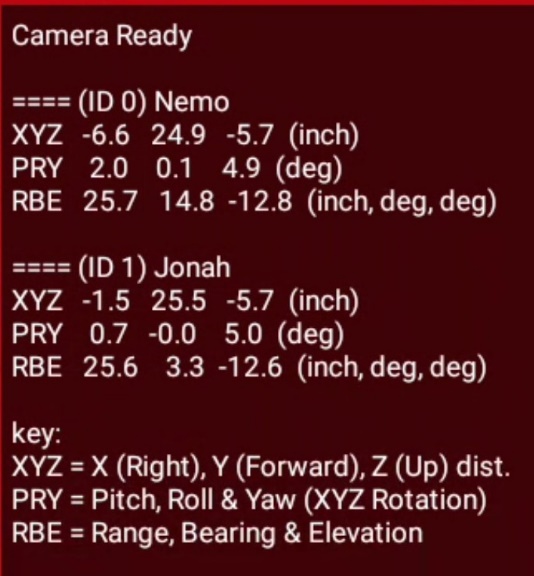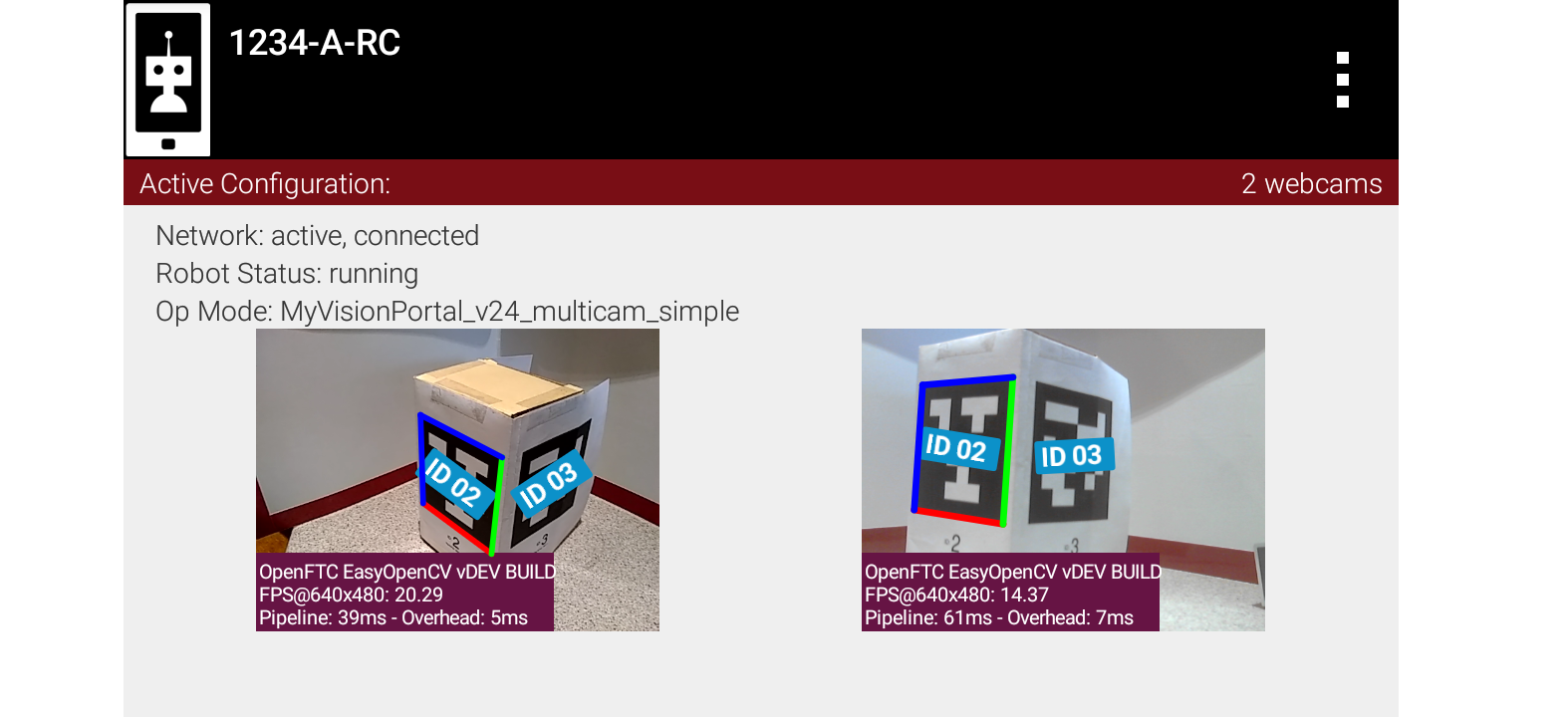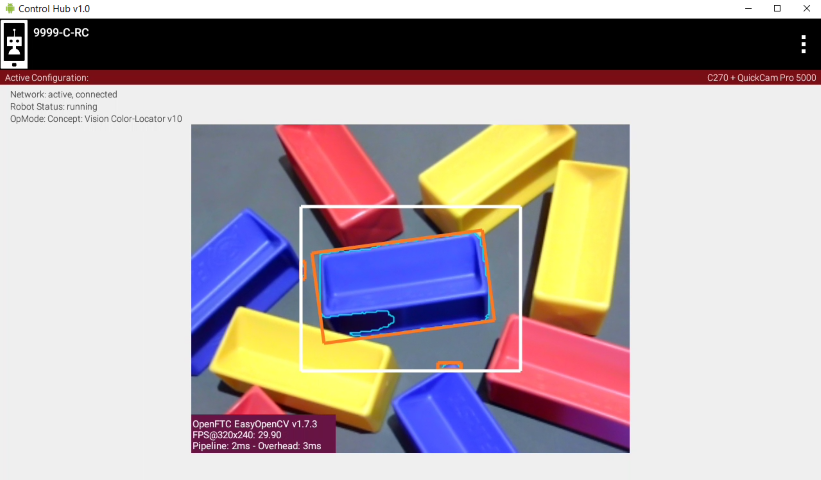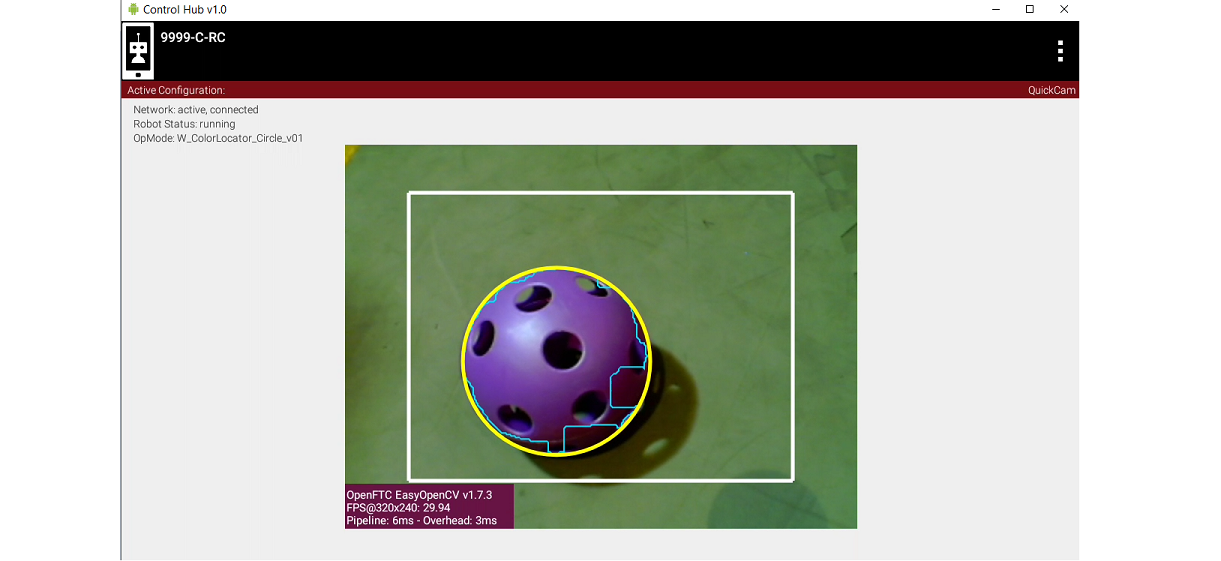Computer Vision Overview
Introduction
The FIRST Tech Challenge control system software has built-in support for two computer vision technologies:
AprilTags - AprilTags are fiducial markers similar in design to a QR code that can be used for identification and localization. AprilTags are used as reference points for autonomous navigation and for assisted navigation and identification of points of interest on a game field.
Each season, FIRST provides 2D image tagets that can be used as navigational reference points.
If the AprilTag system recognizes an AprilTag image, it provides very accurate pose information (assuming the camera used has calibration parameters for the working resolution) about the robot’s position relative to the target.
A robot can use this information to navigate autonomously on the field.
Color Processing - Color Processing is a feature in the FIRST Tech Challenge SDK that provides the ability to process colors using OpenCV.
Color Sensor can detect the exact color in an image, which can help determine what is in front of a robot.
Color Locator can look for a specific color and return information about the size, shape and location of the color in the camera frame.
A robot can use this information to navigate to the recognized object.



